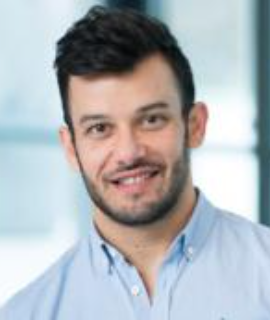Title : Transforming the future of agriculture through synthetic photorespiratory bypass.
Abstract:
For a new green revolution to feed the continually increasing population, agriculture productivity has to be significantly improved. Photorespiration represents a big challenge in this respect, since it dissipates energy and leads to the futile loss of CO2, thereby limiting plant growth yield. Earlier attempts of engineering photorespiration resulted in only limited improvement, mainly because they still lead to the counterproductive release of CO2.
We designed synthetic photorespiration bypass routes that avoid CO2 release altogether. One of these promising routes is tartronyl-CoA pathway, in which carbon dioxide is fixed rather than released. This pathway, having only a minimal overlap with non-photorespiratory endogenous metabolism, is expected to support up to 70% higher carbon fixation rate under varying light intensities and different intercellular carbon dioxide concentrations (corresponding to different levels of stomata opening).
The tartronyl-CoA pathway contains several novel reactions: glycolate is activated to glycolyl-CoA, carboxylated to tartronyl-CoA, and reduced twice to give glycerate, which can re-enter the Calvin Cycle via phosphorylation. To catalyze the novel reactions, which no known enzyme can support, promiscuous activities of enzymes catalyzing similar reactions were identified, enhanced via rational design, and tested in vitro.
Before implementing the synthetic pathway within photosynthetic organisms, we aim to confirm and enhance its in vivo activity. For this aim we use E. coli, an ideal host for pathway evolution as it can be easily engineered, has a short doubling time, and can be cultivated continuously for a long period. We established a set of E. coli deletion strains, each requiring a different magnitude of flux via the synthetic pathway for growth. Specifically, we dissected glycolysis into three segments, such that glycerate, the pathway’s product, serves as the sole precursor for one, two, or three of the segments. Hence, each of our selection strains imposes a different level of selection pressure on pathway activity. After optimizing pathway activity within a low-selection strain, it is introduced to a higher-selection strain and optimized again; this process proceeds until high pathway activity is established. The optimized pathway will then be transferred to cyanobacteria and higher plants to test their effect of photosynthesis rate and yield.


